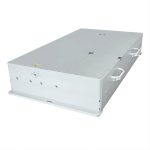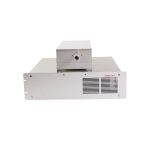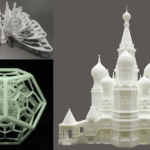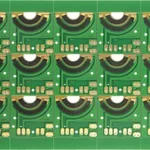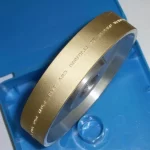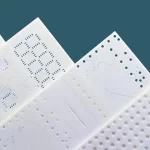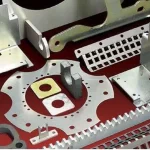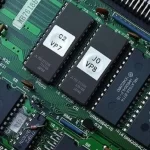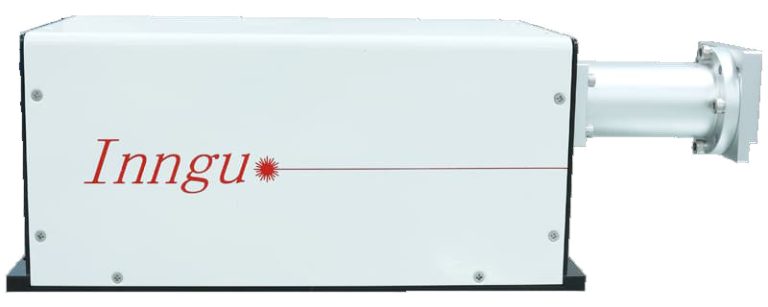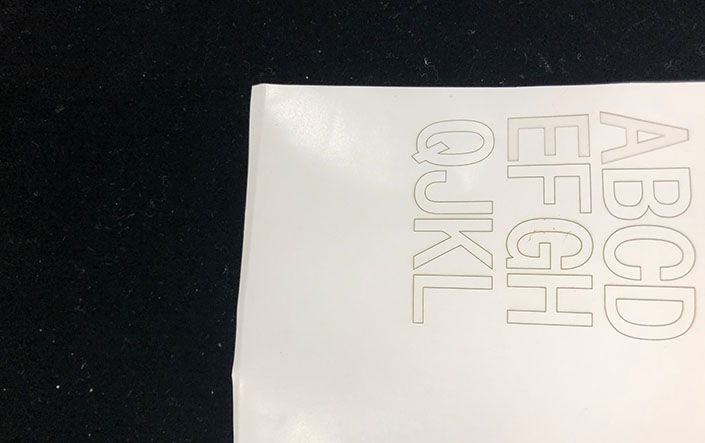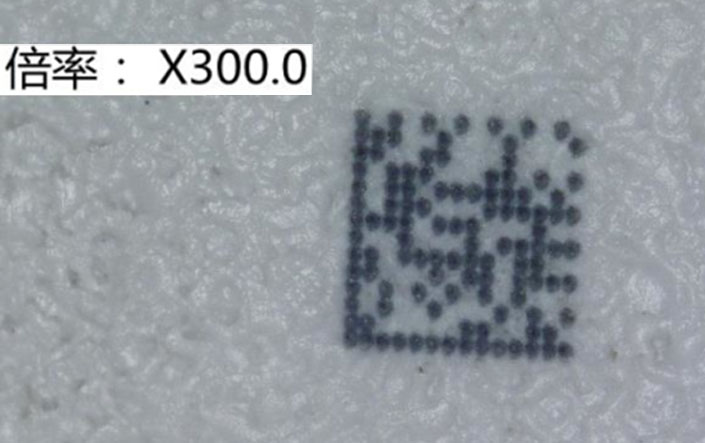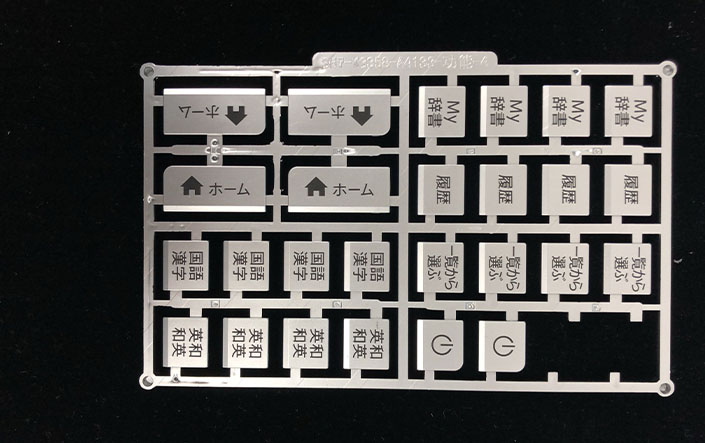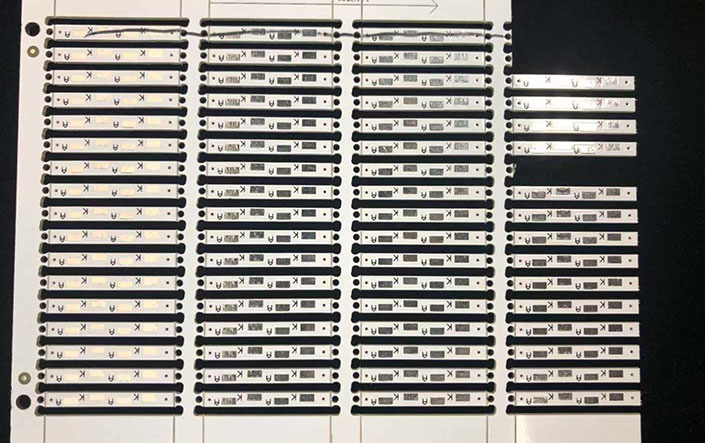In the rapid development of modern science and technology, laser technology is widely used in various fields. The recently launched GS series 10W UV nanosecond laser is undoubtedly a revolutionary scientific and technological innovation. This article will guide readers through the principles, applications and prospects of this innovative product.
1. Innovation principle
The GS Series 10W ultraviolet nanosecond laser uses the latest nanosecond laser technology to convert light into a high-energy ultraviolet laser beam through a special material inside the laser. This laser beam has extremely high focusing power and penetrating power, and can perform delicate operations in nanoseconds. Compared with traditional lasers, the GS series UV nanosecond laser has a great improvement in power, stability and accuracy.
2. Application field
The GS series 10W UV nanosecond laser has a wide range of applications. First, it is of great significance in the field of microelectronics manufacturing. The manufacture of microelectronic devices requires high-precision machining and etching, and the GS series laser can meet this demand. Its high-energy ultraviolet laser beam can accurately complete the processing at the micron level, providing a strong support for the development of the microelectronics industry.
Second, the GS series 10W UV nanosecond laser can also be used in precision instrument manufacturing and optical device processing. Due to its high energy and high focusing capability, it can achieve fine machining and cutting of tiny devices. This is essential for the manufacture of a wide range of precision instruments and optics, which can improve the quality and performance of products.
In addition, the GS series 10W ultraviolet nanosecond lasers also play an important role in the biomedical field. It can be used for cell manipulation, gene editing, tissue cutting and other applications. The high energy and focusing capabilities of ultraviolet lasers can precisely process cells and tissues, opening up new possibilities for biomedical research and therapy.
Finally, the GS series 10W UV nanosecond laser can also be used in the field of optical communication and fiber sensing. Ultraviolet laser has a shorter wavelength and higher energy, which can achieve higher data transmission rate and longer transmission distance. At the same time, it can also be applied to optical fiber sensing, by measuring the change of light intensity in the optical fiber to achieve the detection of temperature, pressure and deformation parameters.
3. Development prospects
The introduction of the GS series 10W ultraviolet nanosecond laser marks a major breakthrough in ultraviolet laser technology. With the continuous progress of science and technology, ultraviolet lasers will play an important role in more fields. In the future, the GS series UV nanosecond laser is expected to achieve a wider range of applications in microelectronics manufacturing, precision instrument manufacturing, biomedical research and optical fiber communication.
At the same time, the further development of ultraviolet laser technology also faces some challenges. For example, how to further improve the power and stability of ultraviolet lasers, how to reduce costs, and how to meet the needs of laser performance in different application fields. These challenges will require laser technology researchers and engineers to work together to advance the development and application of ultraviolet laser technology.
